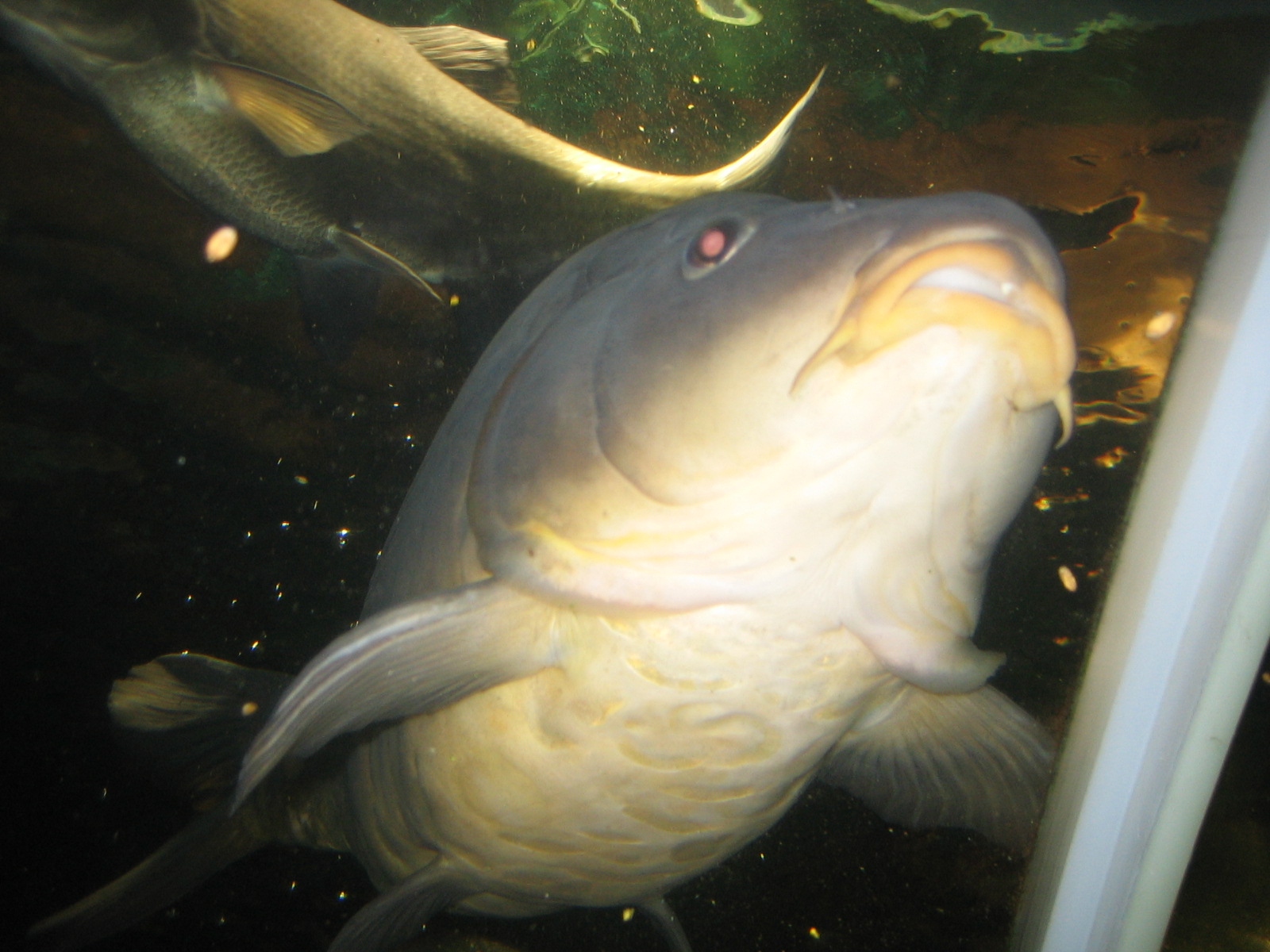Feeling the Lead Down on Each Cast
Feeling the lead down helps give confidence as to what type of bed you're fishing on.
Many carp anglers believe that too much use of a marker float will spook carp away from the swim and reduce the chance of catching. I also believe this is true, so I find it best to do most of my feature finding research on non-fishing days or sometimes during the close season. There is, however, a good method for detecting the lake bed composition when casting the lead of a baited rod. This method takes a bit of practice but it will greatly reduce the need to set up a marker float and the possibility of spooking carp in the swim. The technique is to feel the lead down after casting the rod. Danny Fairbrass of Korda Developments uses this technique all the time and as he says it means greater confidence in fishing for carp when you know your rig is on the exact type of surface it was designed for.
How to feel the composition of the lake bed with every cast
Start by casting a rod to your chosen spot as normal but just as the lead is falling down towards the water start to feather the line coming off the spool by using your fingers, doing this will slow the lead down, and you’ll notice the bait overtakes the lead. Just before the lead hits the water clamp down hard on the spool so the line becomes taught between the rod tip and the lead. As the lead starts to fall through the water gently raise the rod to maintain the line tension so you’re able to feel how the lead hits the bottom. At the point, when the lead hits the lake bed feel for the type of thud it makes. If it hits hard and the rod tip bounces, then you know you’ve hit gravel or some type of hard bed. If you feel no bump yet the lead slows down before stopping, then you’ve probably landed on a bed of long weed. If there is a soft landing, then the lead may have plunged into soft mud or a silt bed.
The only problem with feathering the line down is it will change the total distance you can cast a lead, plus you may start to fall short on some casts. To compensate for this you’ll need to cast harder than normal and control the distance by watching the lead as it flies through the air, then feather the line and clamp down hard when the lead reaches your chosen spot. After some practice you should find it can become just as accurate with every cast.
Another great advantage of feathering the lead down is it helps reduce the possibility of the hooklink tangling up around the lead as it hits the water. It virtually eliminates tangles, because, as the line is feathered, it causes the lead to slow down just before hitting the water. However, the hookbait continues at the same speed until it pulls straight. This causes the hook to travel beyond the lead and stretch to its furthest point. The result is a rig lying properly on the bottom with the hookbait at the furthest distance from the lead, and when a carp takes the bait, the weight of the lead is immediate, helping to set the hook quickly.
Problems Using the Withy-Pool Rigs
Rig & Bait Problems When Presented on Silt Bed
How to Limit the Lead weight Sinking in Soft Silt
How to Camouflaging Rigs End Components
Tips on Why Some Carp Cannot be Caught
Setting Up The Chod Rig for Carp Fishing
Making a Rig for Single Hook Bait Methods
Should I Place Bait Close to the bend of Hook?
How Long Should The Hair Rig Be When Making Rigs
Ways to Set Up Rigs to Limit Potential Tangles On Casting
Techniques to Stop Ledgers Sinking into Silt Beds
What Fishing Situation Best to Use Pop up Hook Baits?
Do We Always Need to Use Best Quality Carp Fishing Bait?
Carp Angling & Rig Presentation in Weedy Waters
Presenting a Fishing Rig on Silt Bed or Soft Bottom
How to Catch the Carp from Margins of Pools
Pre-Bait Fishing Tactics to Trick Huge Carp
Fishing for Carp in Mid-depth Water Using Zig Rigs
How to locate Shoals of Carp in the Springtime
How to Locate Big Fish in Local Lakes During Summer
